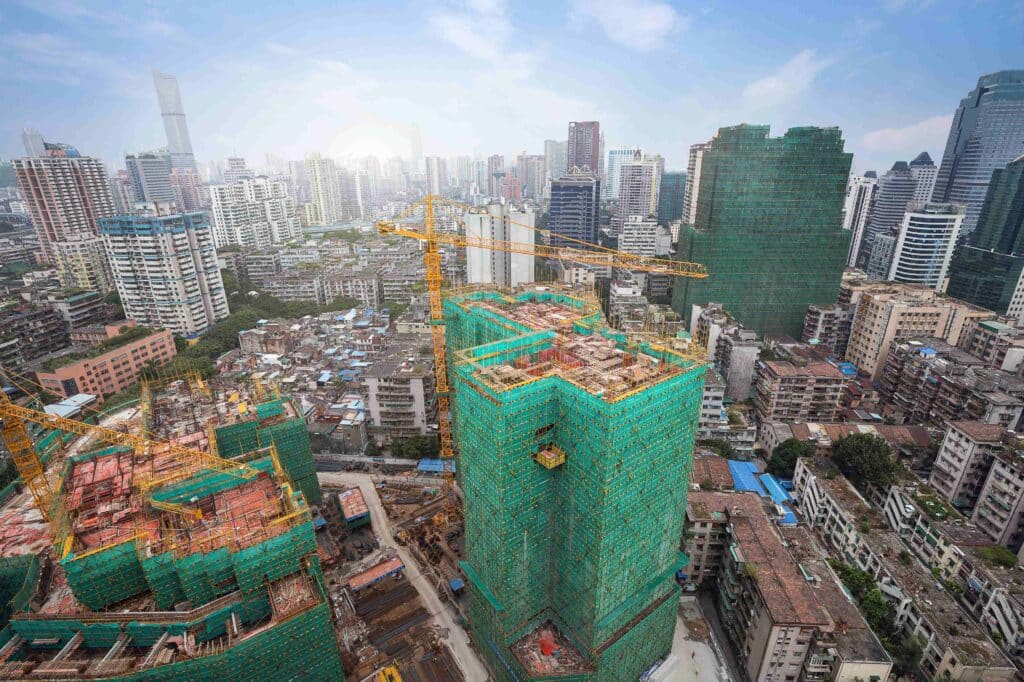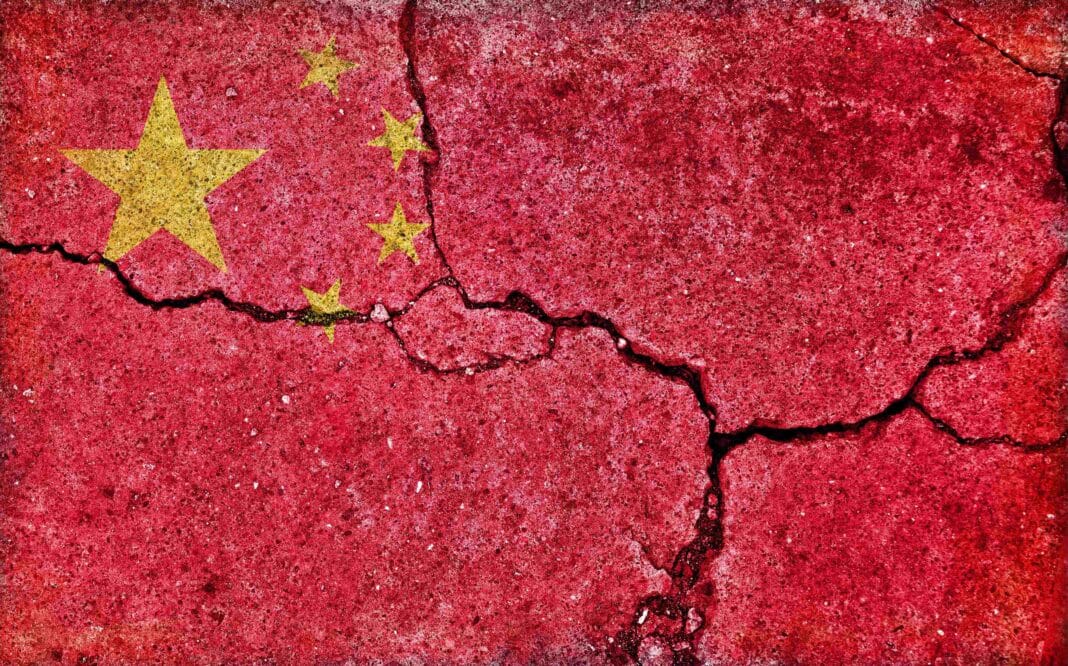China is sinking under the weight of its own concrete, with large swathes of the country’s population living in cities subsiding at more than 3mm per year—including the capital, Beijing, and the regional centres of Fuzhou, Hefei and Xi’an.
And it’s not just a problem for China. The global reliance on steel, concrete, and glass is causing a mass of carnage for New York City skyscrapers and, most drastically of all, pushing the Indonesian government to seek higher ground amid concerns over a sinking Jakarta.
“Subsidence is certainly not only a problem in China. Many other parts of the world share the same problem,” according to Ding Xiaoli, a geodesist at the Hong Kong Polytechnic University, who said that more than 44,000 square kilometres of land across the US is affected by subsidence.

The problem lies with the global addition to concrete, now the second most used substance after water. Last year, Wood Central reported on a new UN-backed blueprint, calling on low-carbon materials like timber, bamboo and biomass to replace steel, concrete and glass in buildings.
Published by the UN Environment Programme and the Yale Centre for Ecosystems and Architecture, it called for “more policy and financial support to ensure the widespread adoption of renewable bio-based building materials.” Before adding that “building less and repurposing existing structures, which it has termed ‘the circular approach,’ will generate 50-75% fewer emissions than new construction.”
During the first 15 years of the 21st Century, it accounted for over half of the world’s concrete consumption (52%), with ambitious building projects accounting for nearly half of the world’s total urbanisation—including housing, airports and roads, all constructed at astounding speeds.
In fact, as the BBC reported today, China adds nearly two billion square metres of floor space to its cities every year—equivalent to creating an urban area the size of London.
And whilst production and consumption are starting to slow, it still dwarfs India (6.2%), the EU (5.3%) and the US (1.9%) for cement production – and in 2020, used 2.4 billion tonnes of cement, 23 times more than the US.
However, China’s dependence on concrete is a relatively new phenomenon. “For thousands of years, timber was the nation’s main building material,” Chen Yichuan, a researcher of the history of concrete at University College London, adding that “by the 19th Century, this resource was running out, especially in East China, where construction was most intense.”
For a time, imported timber and steel sufficed, but when the Communists took power in 1949, imports from the United States, Europe and the Soviet Union cut off – forcing Chinese engineers and designers to devise ways to build without these materials. “This resulted in the preference for concrete we see today”, according to Mr Yichian.
Edmund Downie, a climate and energy researcher at Princeton University, said the country’s cement production saw steady rapid growth from at least 1990 to 2015. In 1998, that number stood at 536 million tons, which in 2023 skyrocketed to 2.022 billion tons, according to Robbie Andrew at The Centre for International Climate Research (CICERO) in Norway.
This, in turn, has caused China’s emissions to surge, major flooding in cities, and massive destruction of sand and peat lands, not only in China but also in nearby Brunei.
And while China has suffered some of concrete’s most damaging effects, it is also taking action to address these threats. According to Professor Downie, cement production in China was overhauled in the decade leading up to 2015, with plants forced to upgrade and follow stricter environmental standards.
The result was falling pollution: while cement production increased 10-fold, particulate matter and carbon monoxide emissions from production declined.
Professor Downie believes that “China’s experience can help other developing countries think about how to take advantage of concrete’s wonderful advantages while mitigating its downsides.”
“I don’t think China will be the last nation to urbanise and industrialise with concrete,” he said, adding that “concrete is fundamental to modern buildings and infrastructure. So the world will have to find a way to make it (and use it) in a low-carbon fashion.”







